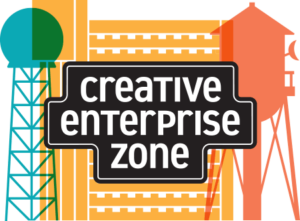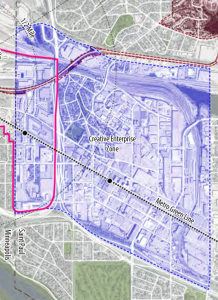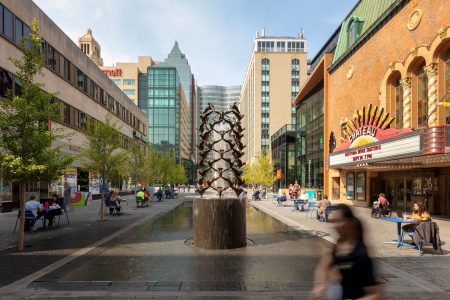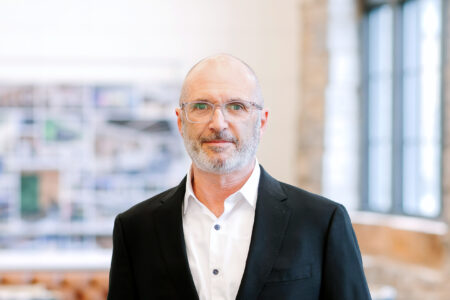Back to School: McCallum Leads UMN Studio Focused on Placemaking Innovation


Derek McCallum is thrilled to get back into the classroom as an adjunct instructor at the U of M College of Design this fall. In collaboration with RSP consultant and Minnesota Design Center Research Fellow Tim Griffin, the two will teach a Graduate Design Studio entitled “Placemaking and Design Thinking in the Creative Enterprise Zone”. The studio is part of the ESRI Geo Design initiative, representing the University’s participation in an international 80-institution collaboration around the GeoDesign platform and city design process. We sat down with Derek to learn more about the goals for the studio and the impact he hopes to make on the students this coming year.
Tell us about the course you’ve got lined up for the semester.
 The students will work on five project milestones throughout the course. They will focus on the short and long-term vision for the Creative Enterprise Zone (CEZ) on the border of Saint Paul and Minneapolis. This zone connects individuals and organizations in the Raymond University area to advance creative economic and cultural development…we’re building a community, the focus is on people.
The students will work on five project milestones throughout the course. They will focus on the short and long-term vision for the Creative Enterprise Zone (CEZ) on the border of Saint Paul and Minneapolis. This zone connects individuals and organizations in the Raymond University area to advance creative economic and cultural development…we’re building a community, the focus is on people.
In conjunction with city and state support, we want students to explore innovative city building projects and policies to create a 21st century innovation district. The studio targets a year 2035 scenario to explore systems that could be in place in the urban environment. That being said, the first half of the course will be devoted to discovering the physical and social assets…dreaming about the place and designing a district plan. The second half will focus on developing individual student reuse design concepts that advance the CEZ vision. The work will be displayed publicly and used to inform the potential of the effort to the community. Their involvement, along civic stakeholders, will be integrated in studio reviews throughout the semester.

What do you hope students learn from the studio course?
As a GD3 Urban Design Studio, this engagement provides the student with the opportunity to provide a placemaking vision to a rapidly changing segment of the Green Line Corridor. Students will explore the systems in play and illustrate future scenarios for the area that retain key features of the current culture and influence future development to reinforce that vision. The main takeaways vary not only in scale but offer a unique approach in working with people. Tim and I would like students to:
- Understand the scale of urban precinct design and placemaking, while using urban design principles as design performance standards
- Engage in a stakeholder oriented urban design process using Geodesign methodology
- Identify and apply a myriad of social, physical and economic influences on block and precinct scale architecture and public realm design
- Embrace the transformation and relevant reuse of the industrial building fabric
Why is this an important class for the future of our industry?
It’s practical and applicable to what students will see in the real world. As data becomes the asset, utilizing a Geodesign approach creates a highly collaborative framework for informing relevant design solutions. It will let students explore how architectural ideas and principles studied at the building scale in previous studios translate to the scale of the neighborhood, district or city. It provides an opportunity to consider not just the physical components of urban design – infrastructure, transportation, pedestrian circulation and the landscape – but also the broader social, economic and environmental implications of a design. It also includes community engagement strategies and regulatory matters such as planning and zoning codes and municipal approval processes. We want students to connect with people. It’s who we design for so we’re deliberate about providing them an actionable approach to real-life design.
What other impact do you hope to have on students?
As a part of the AIA Minnesota Board of Directors, our mission is advancing the profession, creating vibrant communities and an architecture that endures. Students are the future. It’s important for the next generation to be involved with industry groups like AIA MN and local chapters as we continue to mentor and promote the profession. From the first inspiration and introduction, through every stage of career growth, we’re growing awareness and building appreciation for the process, outcomes and importance of the role of the architect, as systems-thinking problem solvers.


